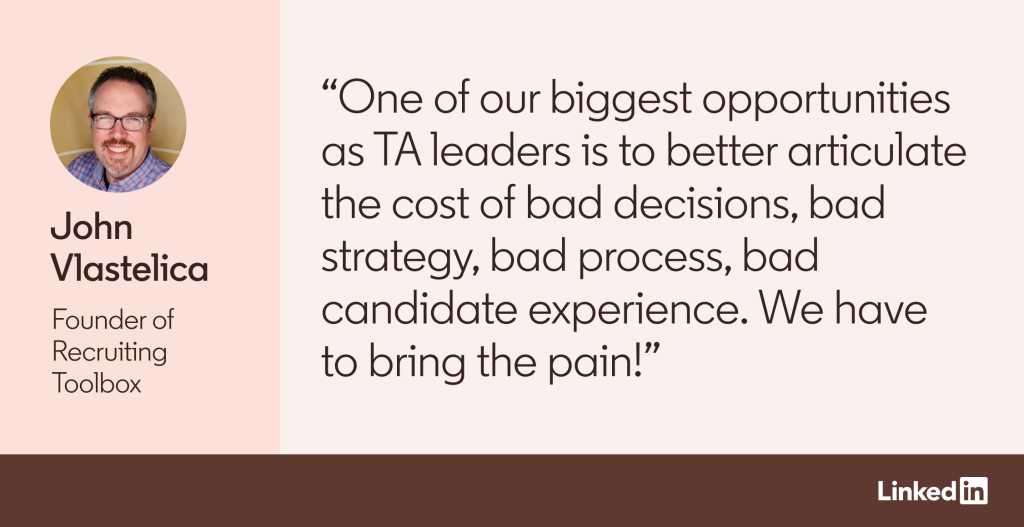Interestingly, the skills that best predict internal movers revolve around collaboration, inclusion, and adaptability — the abilities to connect with coworkers, make everyone feel included, and drive change on an organizational scale.
If you’re trying to improve internal mobility and retention, these are the skills you’ll want to look for in internal and external candidates who you hope will grow with the company. You might also encourage internal mobility by helping existing employees gain these skills through learning and development.
Final thoughts
Internal mobility is booming, but not for everyone: While managers and higher-ups have plenty of opportunities, individual contributors may face more challenges. Talent pros should take note of this gap and work to close it by creating a more inclusive and equitable internal mobility culture.
That means providing more visibility and support for internal job openings, encouraging cross-functional collaboration and mentoring, and recognizing and rewarding employees who make successful internal transitions. It also means looking for and developing the skills — such as diversity and inclusion, emotional intelligence, and change management — that internal movers tend to develop. These skills may not only help employees move internally, but help them thrive in the changing world of work.
By investing in internal mobility, talent pros can help their companies and employees grow stronger together.
Methodology
All data reflects aggregated LinkedIn member activity as of December 2023. We’ve defined current internal mobility as any point at which an employee took a new position at the same company in the last 12 months ending December 2023. Historical internal mobility rates for 2022 and 2021 include data from January to December of those years. To calculate internal mobility rates, we included only companies with at least 75 transitions and calculated the median rate.
We analyzed career movers who made an internal or external move in 2023 and identified explicit skills that were developed up to 12 months prior to their move dates, excluding Microsoft products skills. We then calculated the odds ratio to measure the difference in the share of employees with skills between internal and external movers and identify skills that internal movers are more likely to have than external movers. The above is based on 2023 data and the list of skills was filtered for at least 10,000 internal movers to ensure that the odds ratio is not driven by a low number of employees with the skill.










